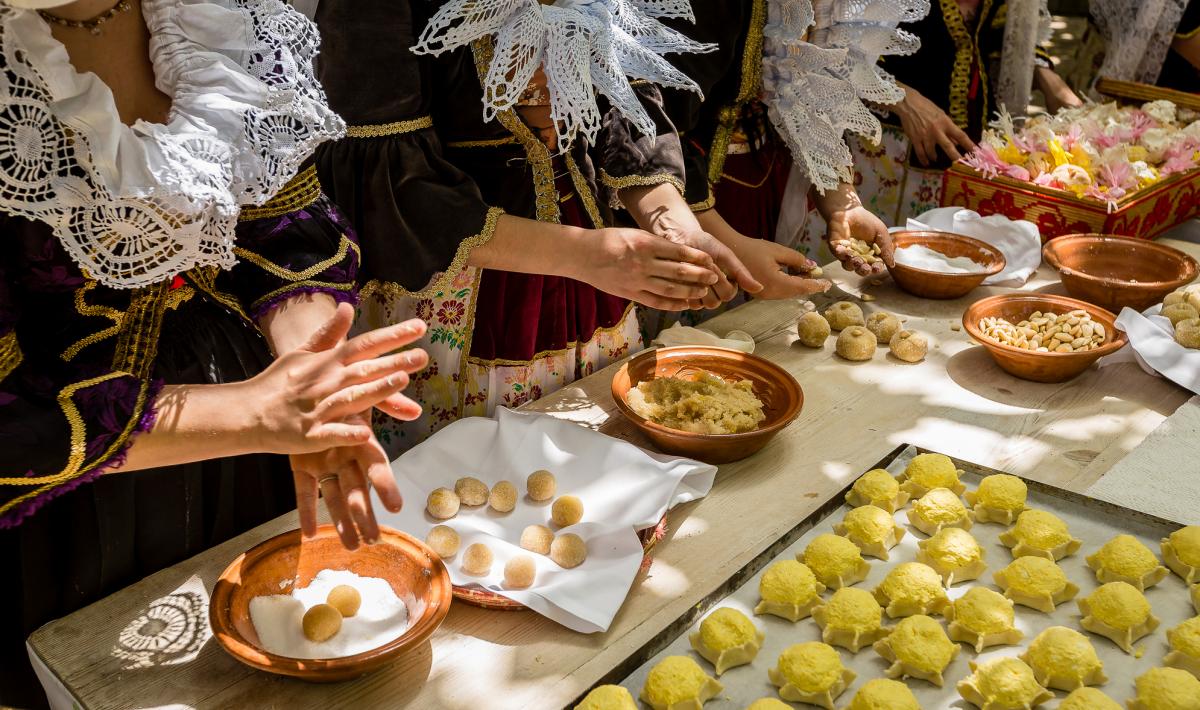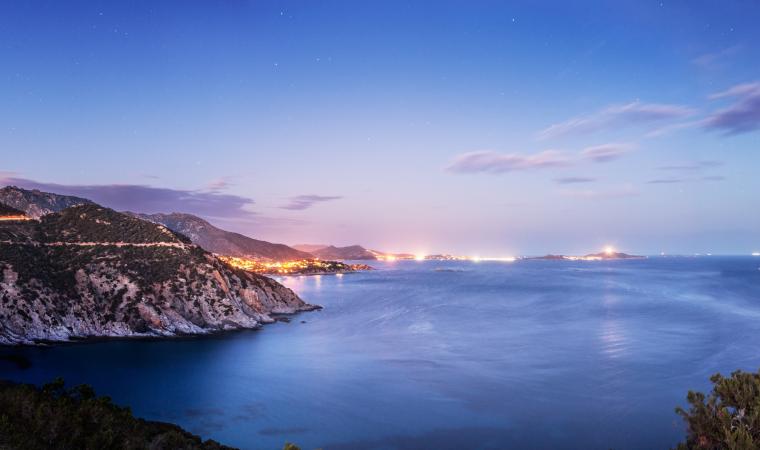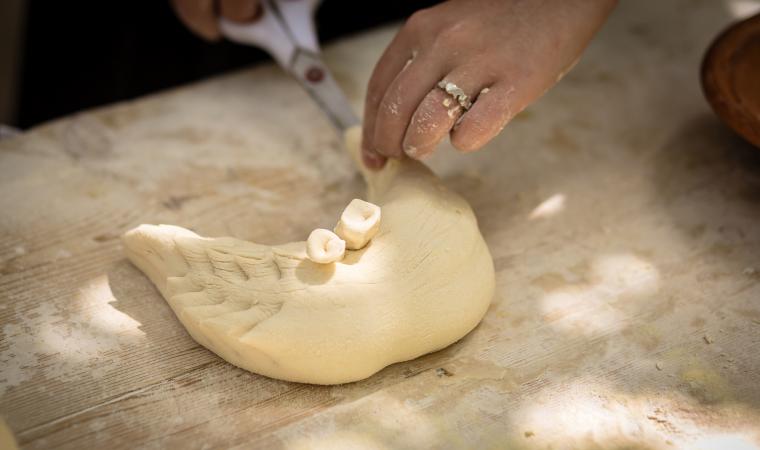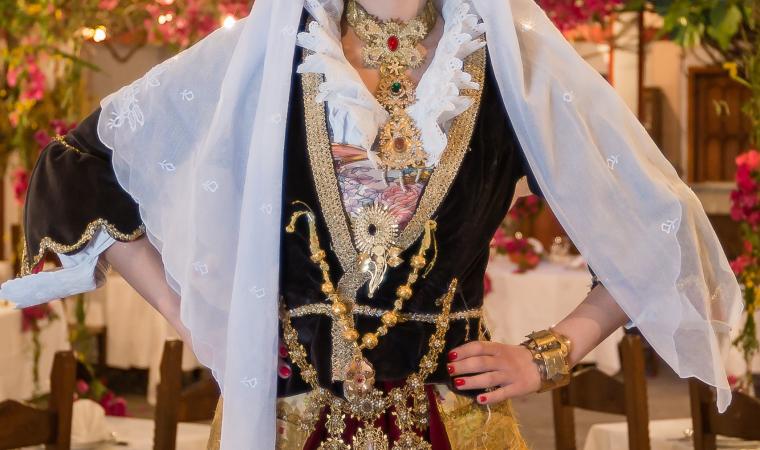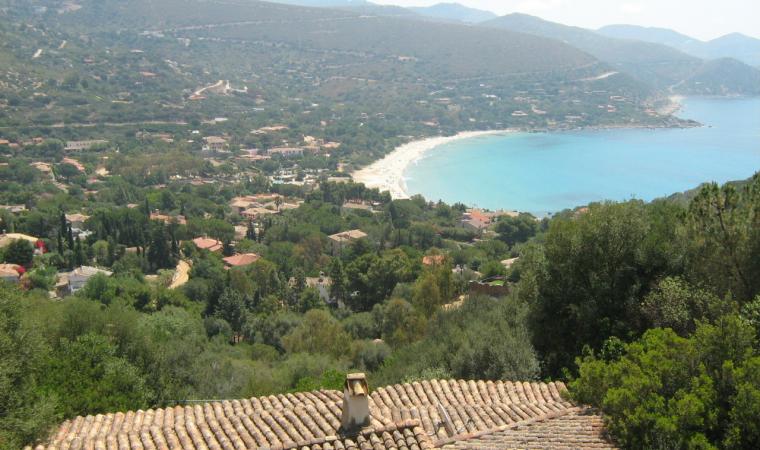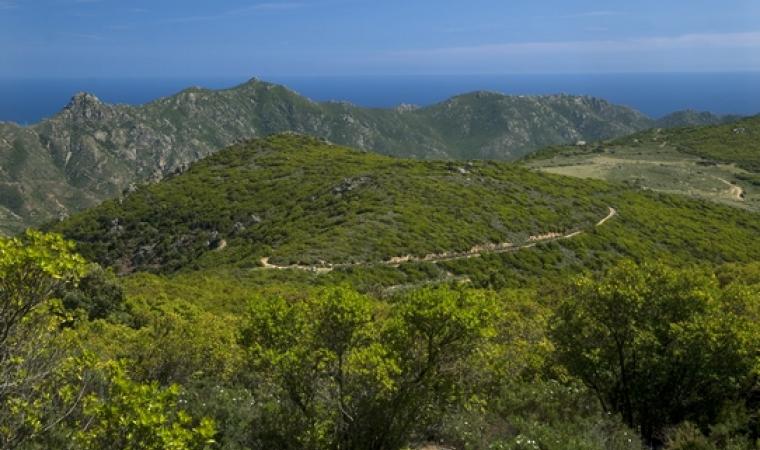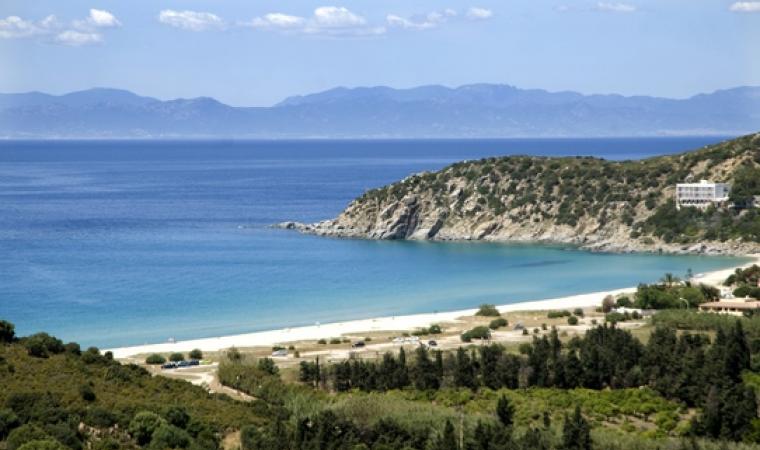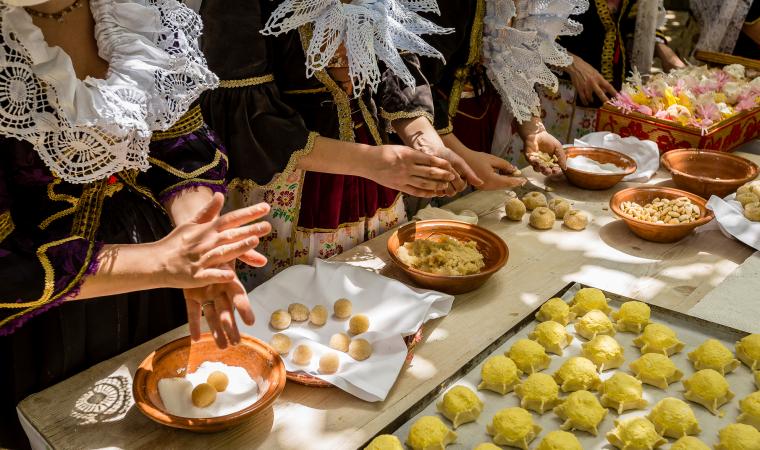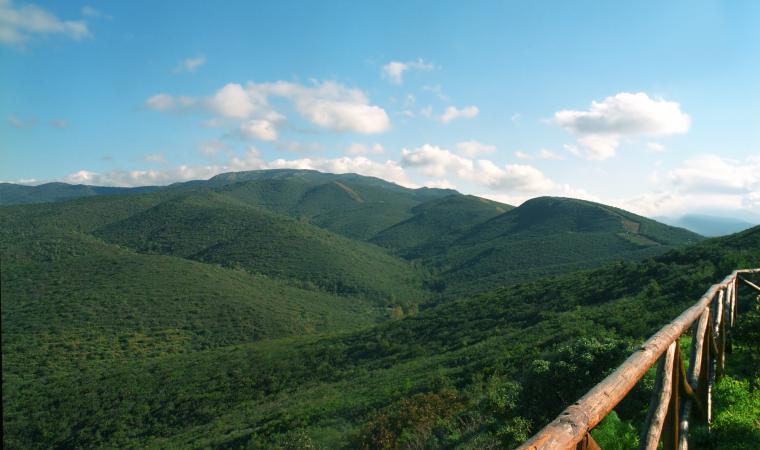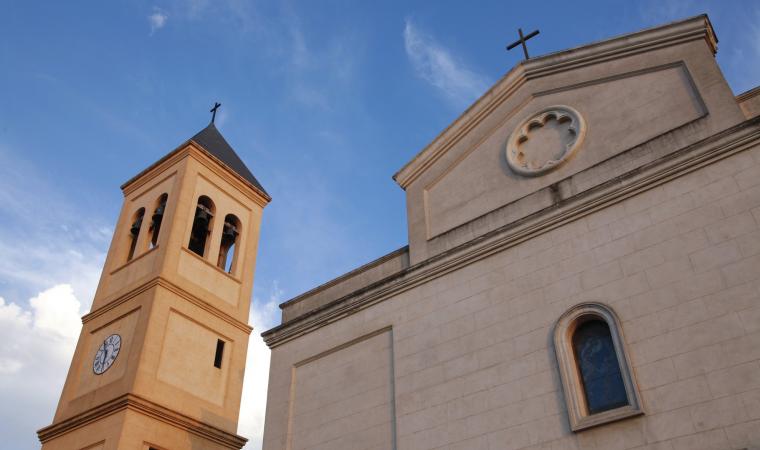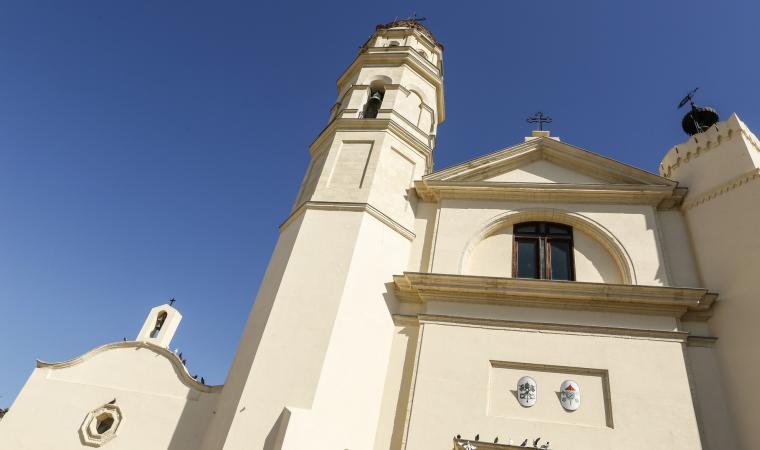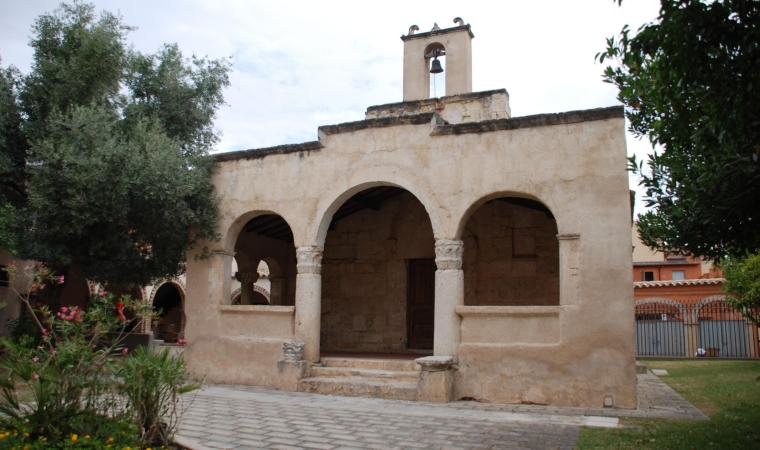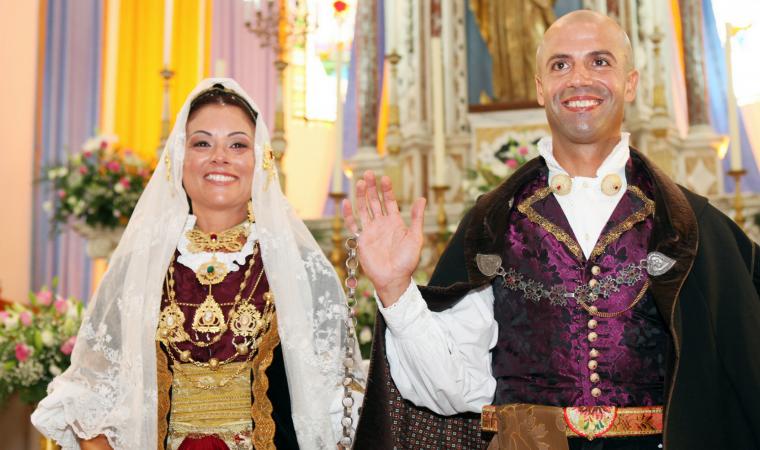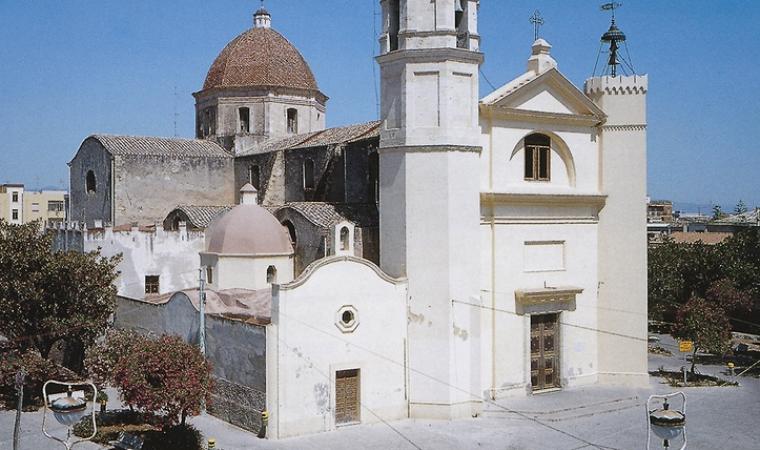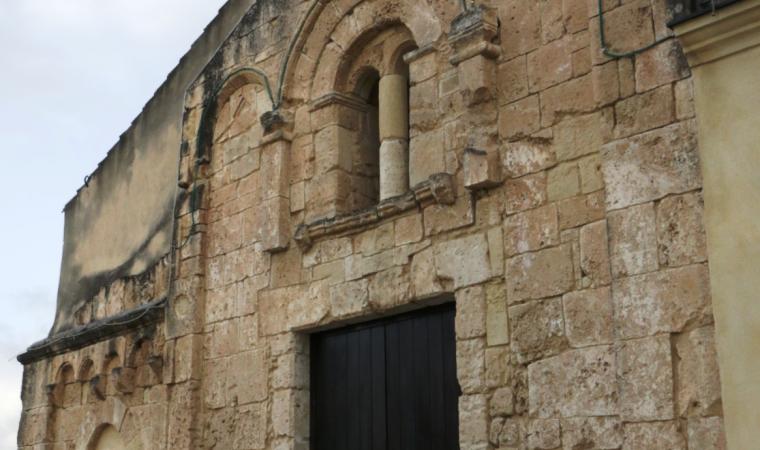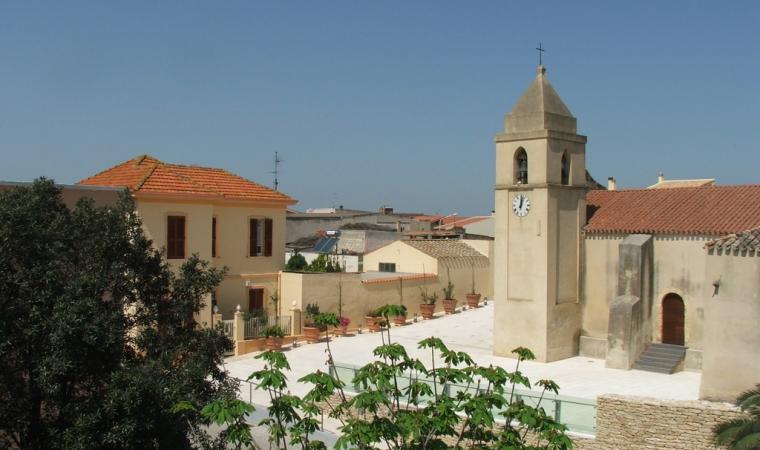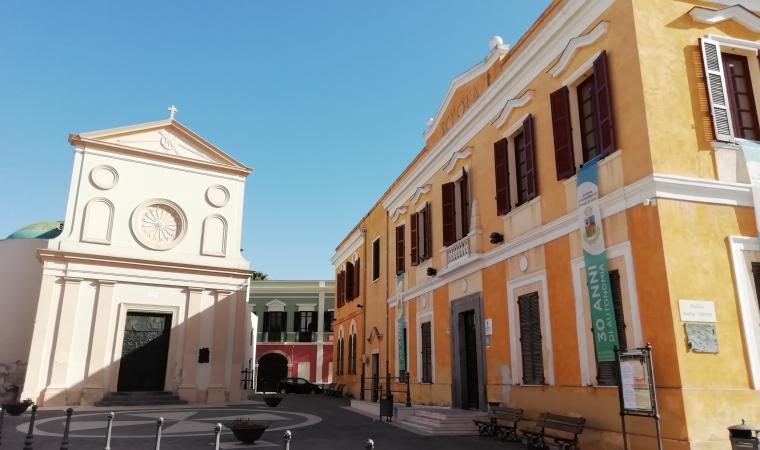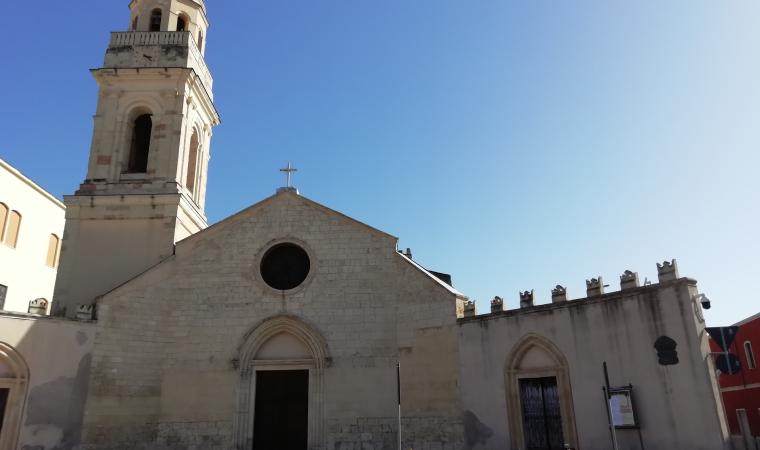Surrounded by gentle hills, Maracalagonis has eight thousand inhabitants and is located in the southeastern part of the Campidano area, 15 kilometres from the Island's capital city. It is renowned for its homemade pastries, basket weaving and Sardinian brocade costumes. Its territory, framed by the mountains of Punta Serpeddì and the Oasis of Sette Fratelli (Seven Brothers), extends as far as the coastal tourist localities of Geremeas and Torre delle Stelle. A land inhabited since prehistoric times (3rd millennium BC), as is evident in the Eneolithic necropolis of Cuccuru Craboni, the Pre-Nuragic village of Cann'e Sisa and the remains of various Nuraghi, later frequented by Phoenician and Punic populations. As well as the ruins of a Punic temple, two sandstone statues of the god Bes were found and are kept at the National Archaeological Museum in Cagliari. In the current village area, various other little villages emerged in the Middle Ages, among which Mara and Calagonis, which belonged to the Giudicato of Calari. From 1416, in the Aragonese age, the union of these two localities gave rise to the municipality of Mara de Calagonis.
Today, Maracalagonis boasts a series of charming beaches in the eastern part of the Golfo degli Angeli, along the scenic road from Cagliari to Villasimius. Havens of light sand and blue sea, surrounded by green hills, 25 kilometres from the residential area. In the locality of Geremeas, shared with Quartu Sant'Elena, the territory of which includes the sandy shores of Kala 'e Moru and Marongiu, there is the beach of Baccu Mandara with its soft golden sand, washed by a green and turquoise sea. Continuing on along the coast, you will come across another famous locality in the Maracalagonis area: Torre delle Stelle, where there are the two breathtaking beaches of Cann'e Sisa and Genn'e Mari, separated by a promontory dotted with villas and tourist facilities, becoming a true village in the summer.
The patron saint of Mara is Santo Stefano (St Stephen), who was born in 82 AD, under the Roman emperor Trajan, and who died a martyr, when he was pierced in the head by a nail. His remains are preserved in the parish church consecrated to him in 1925: his skull with the nail is kept in a shrine and the other bones are inside his simulacrum under the main altar. In the centre of the village, the church of the Vergine degli Angeli is worth visiting. Its style is Romanesque and it was consecrated in 1237 and remodelled in the centuries that followed. Around the village, there are the rural churches of San Basilio and San Gregorio.

